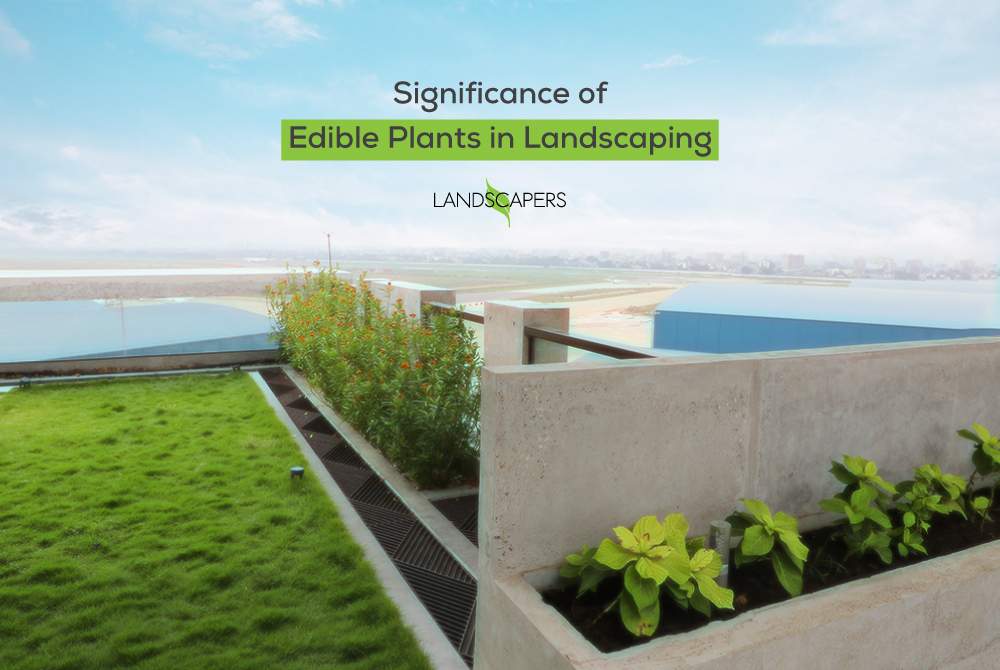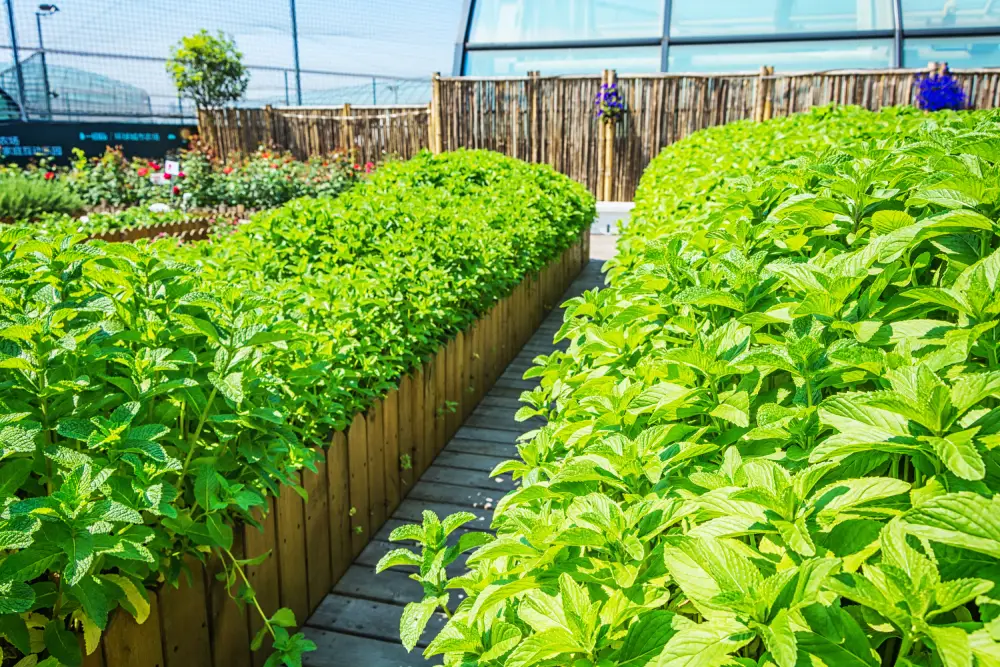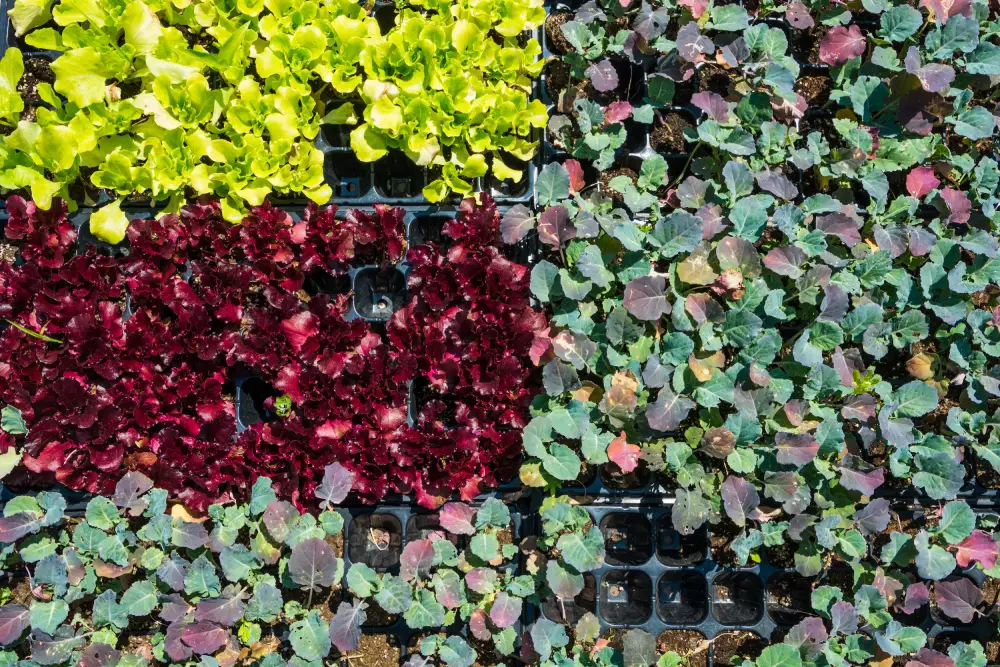
Significance of Edible Plants in Landscaping
In modern times, sustainability has become a matter of grave urgency that requires immediate attention. One of the methods by which buildings can introduce sustainability is by incorporating landscaping architecture or green spaces as parts of them.
Most landscaping architecture uses a combination of plants that help improve the surroundings (snake plants, monstera, spider plants, etc.) and those that produce flowers and have some ornamental value. In Bangladesh, these include bougainvillea, roses, dahlias, chrysanthemums, morning glories, and marigolds are some of the options commonly found. Although edible landscaping is a common concept abroad, it is not commonly practiced in Bangladesh yet.
What is edible landscaping, you may ask? It is when an area incorporates edible herbs, fruits, and vegetation into its typical landscape to make the most of what nature has already provided. Using edible landscaping could have its perks, like naturally maintaining the soil’s pH levels and controlling pests (certain plants, like mint, can deter pests).

When hiring landscaping architects to design your own personal or professional space, you could ask for landscaping to be completely edible, or combine any ratio of ornamental and edible plants that would be beneficial for the environment & look soothing to the eyes. In urban areas like Dhaka where space is already available in scarce quantities, edible landscaping could be a boon for families looking to extend the usage of allotted green spaces. Decorative trellises and pathways can make your vegetable or herb garden seem even more appealing to visitors. Additionally, edible landscaping can help maintain the health of the biodiversity and promote sustainability in the long run, while simultaneously providing you with a viable source of food nutrients.

Depending on the space available, you could use a variety of edible plants to design your landscape. Smaller herbs like mint, coriander, sage, rosemary, and holy basil can be put into decorative pots in your home or the balcony. If cramped for space, these could even be put up near the windowsills of your kitchen. If you have common space on the rooftop, you could place trellises to grow plants like pumpkins, sweet potatoes, tomatoes, and bottle gourds. Larger fruit trees like mangoes, papayas, and guavas can also be planted in larger barrels. These could grow up to provide you and nearby birds with some shaded recluse. Balancing between different types of plants and trees will not only encourage local biodiversity to thrive, it will also allow you to contribute to maintaining a healthier environment.
In the current economic climate of our country, edible landscaping could also help you reduce food costs in the long run. If your apartment complex has a rooftop garden, you could start a community garden with your neighbors. This will give you a chance to socialize with like-minded individuals who also love gardening and landscaping, which could become a group activity.

